-
 bitcoin
bitcoin $112195.049338 USD
2.42% -
 ethereum
ethereum $4124.915858 USD
2.81% -
 tether
tether $1.000570 USD
0.02% -
 xrp
xrp $2.861568 USD
2.25% -
 bnb
bnb $1000.346670 USD
3.04% -
 solana
solana $209.070819 USD
3.38% -
 usd-coin
usd-coin $0.999870 USD
0.02% -
 dogecoin
dogecoin $0.235379 USD
2.65% -
 tron
tron $0.335681 USD
-0.20% -
 cardano
cardano $0.803501 USD
3.38% -
 hyperliquid
hyperliquid $47.120881 USD
3.56% -
 chainlink
chainlink $21.501300 USD
3.44% -
 ethena-usde
ethena-usde $1.000571 USD
0.02% -
 avalanche
avalanche $29.793378 USD
3.62% -
 stellar
stellar $0.366964 USD
2.42%
What is the nonce in a blockchain transaction?
The nonce plays a vital role in blockchain security, serving as both a mining puzzle component and a transaction counter to prevent double spending and replay attacks.
Sep 03, 2025 at 11:00 pm

Understanding the Role of Nonce in Blockchain Transactions
1. The nonce is a critical component in blockchain transactions, particularly within the context of mining and transaction validation. It is a 32-bit field in a block header that miners adjust to produce a hash below or equal to the network’s current target. The process of altering the nonce to achieve a desired hash output is known as proof of work.
2. Each time a miner attempts to solve the cryptographic puzzle, they increment the nonce value. This changes the block’s hash, allowing miners to generate different outputs without altering the actual transaction data. Because cryptographic hash functions are deterministic yet unpredictable, even a minor change like increasing the nonce by one drastically alters the resulting hash.
3. The nonce ensures that blocks can only be added to the blockchain after significant computational effort has been expended. This mechanism deters malicious actors from easily rewriting transaction history or spamming the network. Without the nonce, the proof-of-work system would lack the necessary randomness and difficulty adjustment required for network security.
4. In Ethereum and several other blockchain platforms, the term 'nonce' also refers to a transaction counter associated with each externally owned account. This counter starts at zero and increases by one for each transaction sent from that address. Its primary function is to prevent replay attacks and ensure transaction ordering.
5. If two transactions from the same address have the same nonce, the network will only accept the first one. Any subsequent transaction with a duplicate nonce is rejected. This prevents users from accidentally or maliciously reprocessing the same transaction multiple times, which could lead to unintended fund transfers or smart contract executions.
How Nonce Prevents Double Spending
1. Double spending is a major concern in decentralized digital currencies. The nonce, in its role as a transaction counter, helps eliminate this risk by enforcing a strict sequence of transactions from each wallet. Each transaction must have a nonce value exactly one greater than the previous one.
2. When a user sends multiple transactions rapidly, nodes in the network use the nonce to queue them properly. A transaction with a nonce of 5 will not be processed until the transaction with nonce 4 is confirmed. This sequencing prevents out-of-order execution, which could otherwise lead to balance inconsistencies.
3. If a malicious actor attempts to broadcast two transactions using the same funds and the same nonce, only the first one to reach the miners will be included in a block. The second will be invalidated due to nonce duplication, effectively neutralizing the double-spending attempt.
4. Wallet software typically manages the nonce automatically, incrementing it after each broadcast. However, in advanced use cases such as offline signing or batch transactions, users must manually ensure correct nonce values to avoid failed transactions or security vulnerabilities.
5. Exchanges and custodial services must maintain accurate nonce tracking across multiple withdrawal requests. Failure to do so can result in delayed transactions, lost fees, or frozen funds until the correct sequence is restored through a recovery transaction.
The Dual Nature of Nonce in Different Blockchains
1. In Bitcoin, the nonce is primarily a mining-related field. It appears in the block header and is manipulated during the hashing process. Bitcoin’s nonce is 32 bits, allowing for over 4 billion possible values. When all values are exhausted, miners adjust the extraNonce or timestamp to continue searching.
2. Ethereum uses the nonce in two distinct ways: one for mining and another for transactions. The mining nonce functions similarly to Bitcoin’s, while the transaction nonce is a per-account counter. This dual usage makes Ethereum’s implementation more complex but also more robust in managing user-initiated actions.
3. Some newer blockchains have moved away from proof of work and thus do not rely on a mining nonce. However, they often retain a transaction nonce or a similar sequencing mechanism to maintain order and prevent replay attacks. For example, Solana uses a different approach with blockhash-based validation, but still enforces transaction uniqueness.
4. In private or permissioned blockchains, the nonce may be simplified or even omitted in certain consensus models like Proof of Authority. However, transaction ordering mechanisms still exist to preserve data integrity, often implemented through sequence numbers that serve a similar purpose.
5. The concept of nonce has evolved with blockchain technology. While its original purpose was tied to cryptographic puzzles, its role in transaction management has become equally vital, especially in ecosystems with high-frequency smart contract interactions.
Frequently Asked Questions
What happens if I use the wrong nonce in an Ethereum transaction?Using a nonce that is too low results in the transaction being rejected as a duplicate. Using a nonce that is too high causes the transaction to remain pending indefinitely until all prior nonces are processed. This can lock funds and require manual intervention to resolve.
Can the mining nonce be reused across different blocks?Yes, the mining nonce is reset for each new block. Since each block contains unique data—such as timestamp, previous hash, and transactions—the same nonce value will produce a completely different hash. Reuse is not only allowed but expected in the mining process.
Is the nonce encrypted or visible on the blockchain?The nonce is not encrypted and is fully visible in both block headers and transaction data. In Ethereum, you can view the transaction nonce using blockchain explorers. Its transparency is essential for network validation and auditability.
Why doesn’t every blockchain use a transaction nonce?Some blockchains use alternative methods to ensure transaction order and uniqueness. For example, UTXO-based systems like Bitcoin rely on input references rather than counters. However, even in these systems, mechanisms exist to prevent replay and ensure proper sequencing, fulfilling the same purpose as a nonce.
Disclaimer:info@kdj.com
The information provided is not trading advice. kdj.com does not assume any responsibility for any investments made based on the information provided in this article. Cryptocurrencies are highly volatile and it is highly recommended that you invest with caution after thorough research!
If you believe that the content used on this website infringes your copyright, please contact us immediately (info@kdj.com) and we will delete it promptly.
- Bitcoin Wallets, Market Volatility, and Dormant Assets: What's the Deal?
- 2025-09-29 12:25:15
- Town Token, Crypto Payroll & Startups: A NYC Perspective on Adoption
- 2025-09-29 12:25:15
- DOT Parachains, XRP, and BullZilla: Decoding October 2025's Crypto Trends
- 2025-09-29 12:25:15
- Crypto Rollercoaster: Token Surges and Market Volatility in the Big Apple
- 2025-09-29 12:45:16
- Hyperdrive, Exploit, and Loss: Navigating the DeFi Minefield
- 2025-09-29 12:45:16
- MTP Swap, Buyback Plans & Market Makers: Decoding Crypto's Latest Moves
- 2025-09-29 12:25:15
Related knowledge
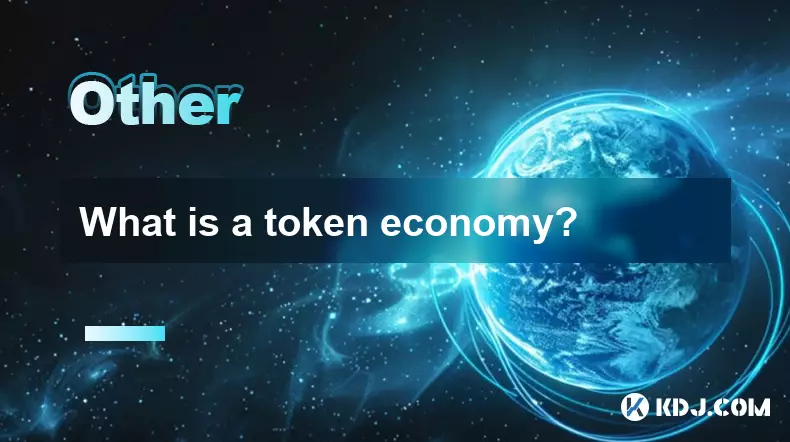
What is a token economy?
Sep 20,2025 at 12:18am
Understanding the Foundations of a Token Economy1. A token economy in the context of cryptocurrency refers to a system where digital tokens are used a...
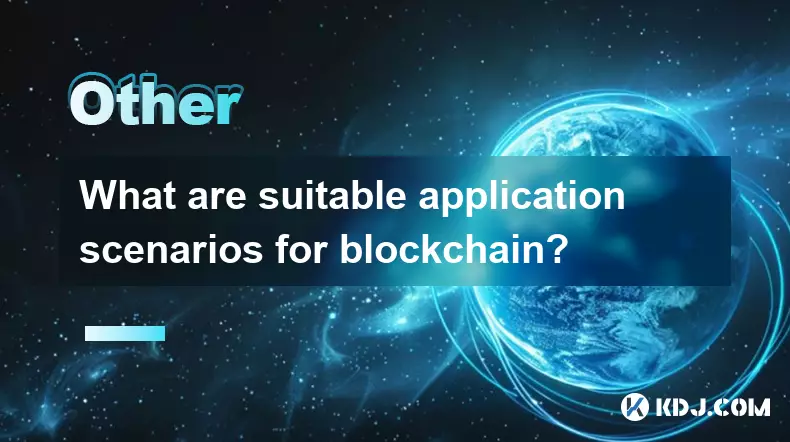
What are suitable application scenarios for blockchain?
Sep 20,2025 at 03:19am
Decentralized Finance (DeFi) Platforms1. Blockchain enables the creation of financial services without centralized intermediaries, allowing users to l...
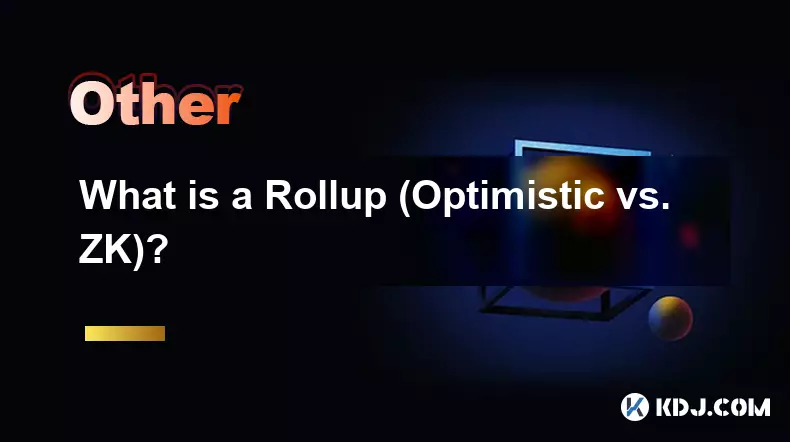
What is a Rollup (Optimistic vs. ZK)?
Sep 22,2025 at 03:00pm
Understanding Rollups in Blockchain Technology1. Rollups are layer-2 scaling solutions designed to increase transaction throughput on blockchains like...
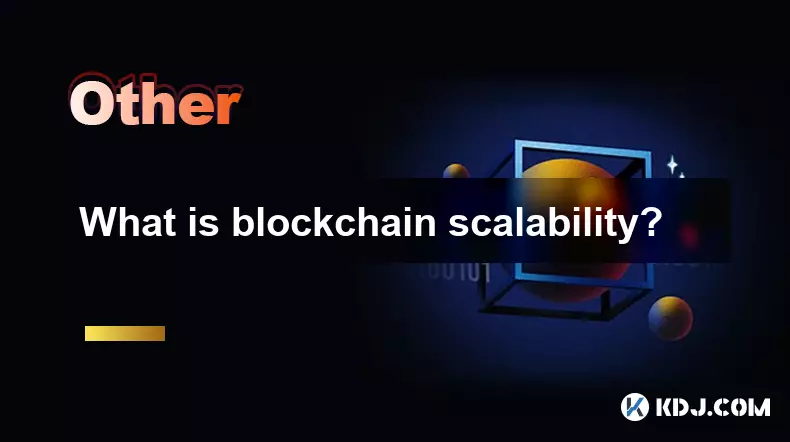
What is blockchain scalability?
Sep 19,2025 at 06:18am
Understanding Blockchain Scalability1. Blockchain scalability refers to a network's ability to handle an increasing number of transactions without com...
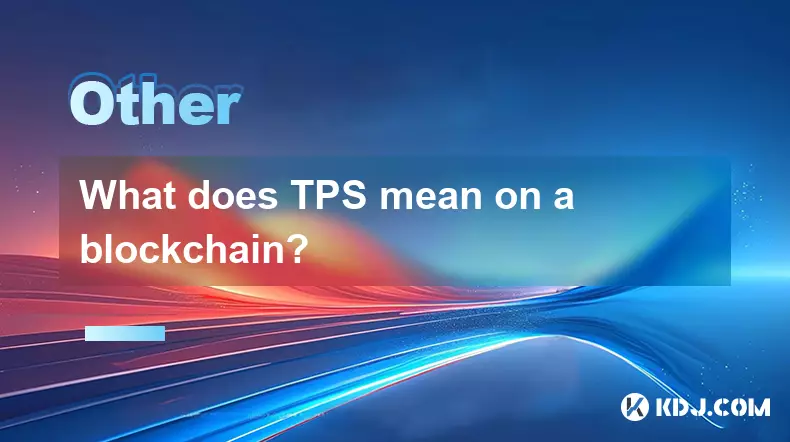
What does TPS mean on a blockchain?
Sep 21,2025 at 09:54am
Understanding TPS in Blockchain Technology1. TPS stands for Transactions Per Second, a metric used to measure the number of transactions a blockchain ...
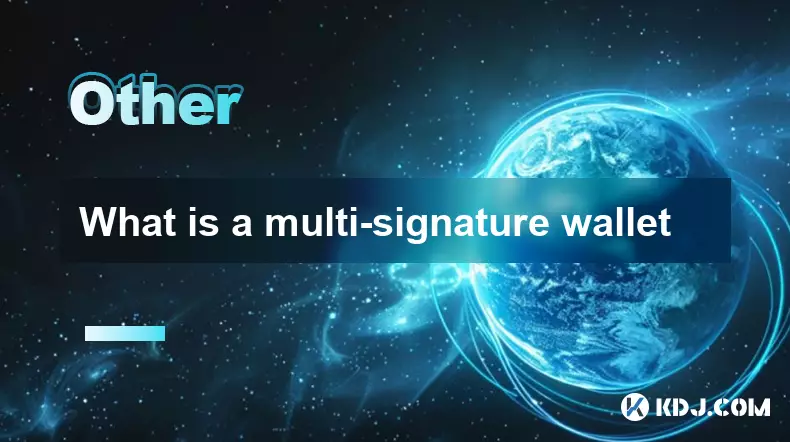
What is a multi-signature wallet
Sep 20,2025 at 07:00am
Understanding Multi-Signature Wallets in Cryptocurrency1. A multi-signature wallet, often referred to as a multisig wallet, is a type of cryptocurrenc...

What is a token economy?
Sep 20,2025 at 12:18am
Understanding the Foundations of a Token Economy1. A token economy in the context of cryptocurrency refers to a system where digital tokens are used a...

What are suitable application scenarios for blockchain?
Sep 20,2025 at 03:19am
Decentralized Finance (DeFi) Platforms1. Blockchain enables the creation of financial services without centralized intermediaries, allowing users to l...

What is a Rollup (Optimistic vs. ZK)?
Sep 22,2025 at 03:00pm
Understanding Rollups in Blockchain Technology1. Rollups are layer-2 scaling solutions designed to increase transaction throughput on blockchains like...

What is blockchain scalability?
Sep 19,2025 at 06:18am
Understanding Blockchain Scalability1. Blockchain scalability refers to a network's ability to handle an increasing number of transactions without com...

What does TPS mean on a blockchain?
Sep 21,2025 at 09:54am
Understanding TPS in Blockchain Technology1. TPS stands for Transactions Per Second, a metric used to measure the number of transactions a blockchain ...

What is a multi-signature wallet
Sep 20,2025 at 07:00am
Understanding Multi-Signature Wallets in Cryptocurrency1. A multi-signature wallet, often referred to as a multisig wallet, is a type of cryptocurrenc...
See all articles










































































